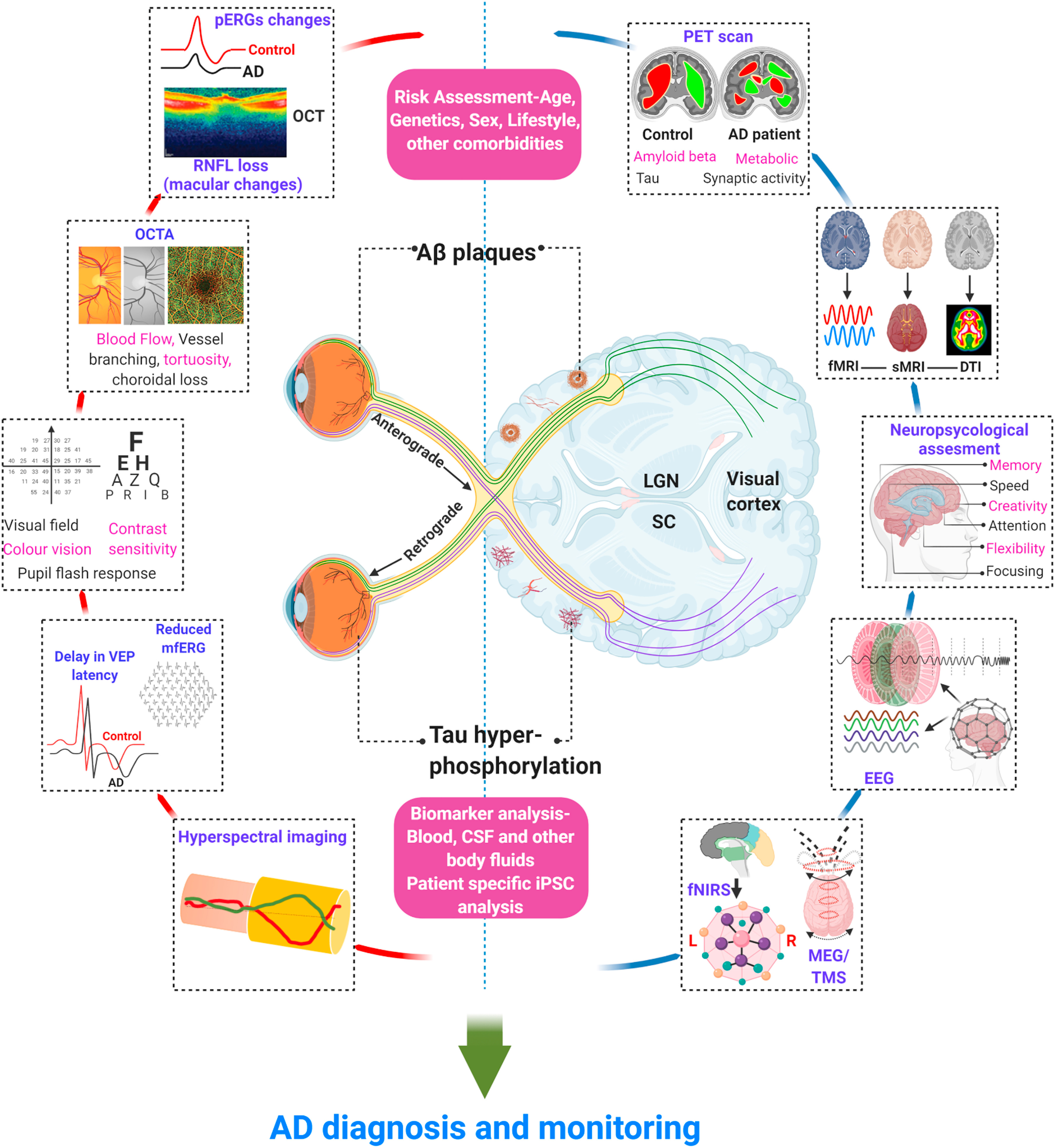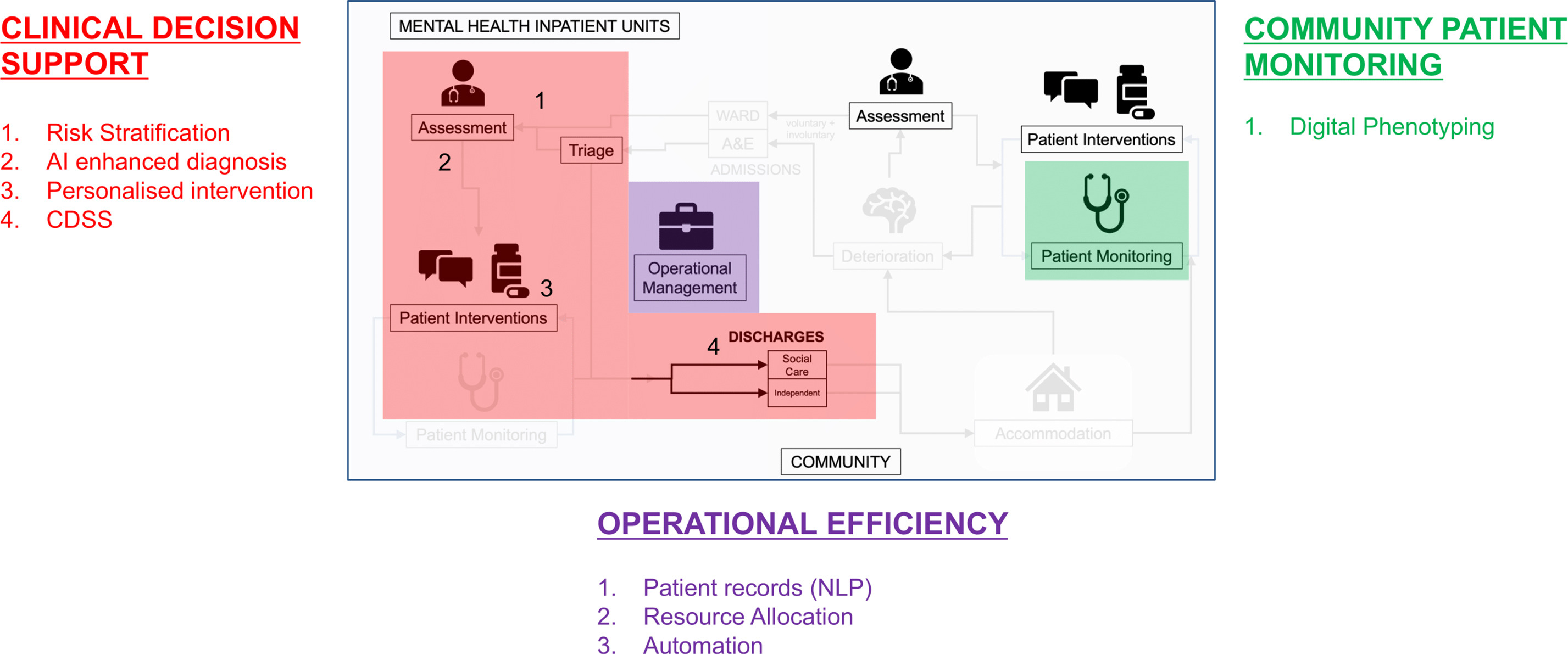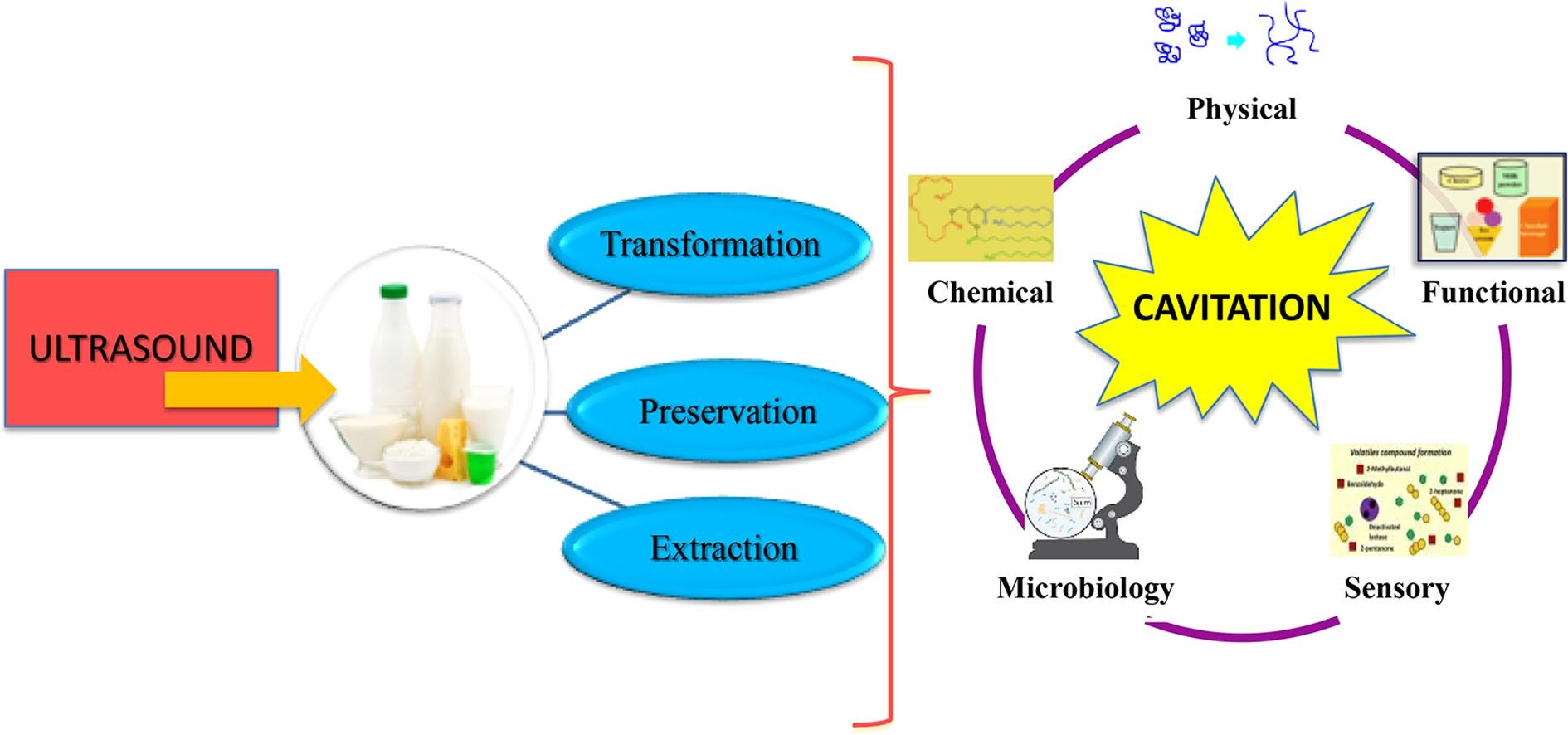Elsevier, The Lancet Public Health, Volume 6, May 2021
Background: Community-based active case-finding interventions might identify and treat more people with tuberculosis disease than standard case detection. We aimed to assess whether active case-finding interventions can affect tuberculosis epidemiology in the wider community.
Elsevier, Public Health, Volume 194, May 2021
Objectives: In the face of the SARS-CoV-2 pandemic, people with dementia and their carers are contending with serious challenges to their health and wellbeing, due to risk of severe illness, limiting of social contact and disruption to usual activities. Many forms of support for people with dementia and their carers, including singing groups, have moved online using videoconferencing. Previous research has demonstrated the benefits of group singing, which include cognitive stimulation, meaningful activity and peer support.
Elsevier, Progress in Retinal and Eye Research, Volume 82, May 2021
Alzheimer's Disease (AD) is a devastating neurodegenerative disorder of the brain, clinically characterised by cognitive deficits that gradually worsen over time. There is, at present, no established cure, or disease-modifying treatments for AD. As life expectancy increases globally, the number of individuals suffering from the disease is projected to increase substantially. Cumulative evidence indicates that AD neuropathological process is initiated several years, if not decades, before clinical signs are evident in patients, and diagnosis made.
Elsevier, EBioMedicine, Volume 67, May 2021
Background: The pathological changes in Alzheimer's Disease (AD) and other neurodegenerative disorders begin decades prior to their clinical expression. However, the clinical diagnosis of neurodegenerative dementias is not straightforward. Lactoferrin is an iron-binding, antimicrobial glycoprotein with a plethora of functions, including acting as an important immune modulator and by having a bacteriocidic effect. Two previous studies indicated that salivary lactoferrin could differentiate between neurodegenerative dementias.
Elsevier, Heliyon, Volume 7, May 2021
Background: During the COVID-19 pandemic, the high workload, risk of infection, and safety issues for family members may pose a threat to the mental health of healthcare workers (HCWs) working in hospital settings. The study aimed to find out the prevalence of anxiety, depression, and insomnia symptoms were among HCWs, as well as the factors related to these mental health issues. Methods: We conducted an online survey of HCWs employed in Dhaka city from June 6 to July 6, 2020.
Elsevier, Heliyon, Volume 7, May 2021
Introduction: Growing demand for mental health services, coupled with funding and resource limitations, creates an opportunity for novel technological solutions including artificial intelligence (AI). This study aims to identify issues in patient flow on mental health units and align them with potential AI solutions, ultimately devising a model for their integration at service level. Method: Following a narrative literature review and pilot interview, 20 semi-structured interviews were conducted with AI and mental health experts.
Elsevier, Neurobiology of Stress, Volume 14, May 2021
Objective: Information about the adverse effects of the COVID-19 pandemic on adolescent and adult mental health is growing, yet the impacts on preschool children are only emerging. Importantly, environmental factors that augment or protect from the multidimensional and stressful influences of the pandemic on emotional development of young children are poorly understood. Methods: Depressive symptoms in 169 preschool children (mean age 4.1 years) were assessed with the Preschool Feelings Checklist during a state-wide stay-at-home order in Southern California.
Elsevier, The Lancet Planetary Health, Volume 5, May 2021
Background: Almost a quarter of the world's undernourished people live in India. We tested the effects of three nutrition-sensitive agriculture (NSA) interventions on maternal and child nutrition in India. Methods: We did a parallel, four-arm, observer-blind, cluster-randomised trial in Keonjhar district, Odisha, India. A cluster was one or more villages with a combined minimum population of 800 residents.
Elsevier, Heliyon, Volume 7, May 2021
Poor weaning practice and malnutrition among under 5 (yrs) children are still major public health issues in Bangladesh. This study aimed to develop a cheap and nutritious weaning food for the children of Bangladesh. For this purpose, three weaning formulations of Q1, Q2, and Q3 with different ratios of germinated wheat, germinated mung-bean, and soya-bean, and a constant amount of sweet potato, sugar, salt, and milk flavor were processed and evaluated.
Elsevier, Ultrasonics Sonochemistry, Volume 73, May 2021
Alternative methods for improving traditional food processing have increased in the last decades. Additionally, the development of novel dairy products is gaining importance due to an increased consumer demand for palatable, healthy, and minimally processed products. Ultrasonic processing or sonication is a promising alternative technology in the food industry as it has potential to improve the technological and functional properties of milk and dairy products.



